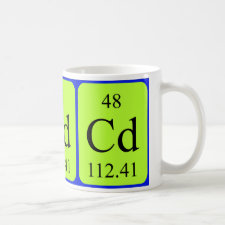
Authors: Ma R, Yang YH, Zhang XN, Fu B, Li X, Huang LL, Chen NC, Xie QL
Article Title: Preparation and optimization of diatom-based cadmium ion-imprinted materials.
Publication date: 2022
Journal: Journal of Molecular Structure
Volume: 1251
Article Number: 132044.
DOI: 10.1016/j.molstruc.2021.132044
Alternative URL: https://www.sciencedirect.com/science/article/pii/S0022286021021645
Abstract: Ion imprinting technology has attracted much attention in recent years because of its specific recognition performance. In this study, an environment-friendly and inexpensive diatom was selected as the substrate material, and a novel Cd2+ imprinted adsorption material was synthesized using surface ion imprinting technique with 3-mercaptopropyltrimethoxysilane (MPS) as the functional monomer, Cd2+ as the template ion, and epichlorohydrin (ECH) as the cross-linking agent. The synthesis factors were optimized using the response surface method with the adsorption amount as the response value. Results showed that the best adsorption effect was achieved when 1:1 ratio of MPS and ECH and a stirring time of 93 min were used. The optimized imprinted as well as non-imprinted materials were characterized using SEM, FT-IR, TG and XPS, and the results showed that MPS was successfully grafted on the diatomaceous earth surface. The competition experiments in the ternary system showed that the optimized imprinted material was significantly more selective for Cd2+ than other ions. The results of regeneration experiments showed that the imprinted material had reproducibility and structural stability. And it provides a new idea for the removal of Cd2+ in actual wastewater
Template and target information: cadmium ion, Cd(II)
Author keywords: Diatom, Ion-imprinting, cadmium, optimization, selectivity



Join the Society for Molecular Imprinting

New items RSS feed
Sign-up for e-mail updates:
Choose between receiving an occasional newsletter or more frequent e-mail alerts.
Click here to go to the sign-up page.
Is your name elemental or peptidic? Enter your name and find out by clicking either of the buttons below!
Other products you may like:
 MIPdatabase
MIPdatabase









